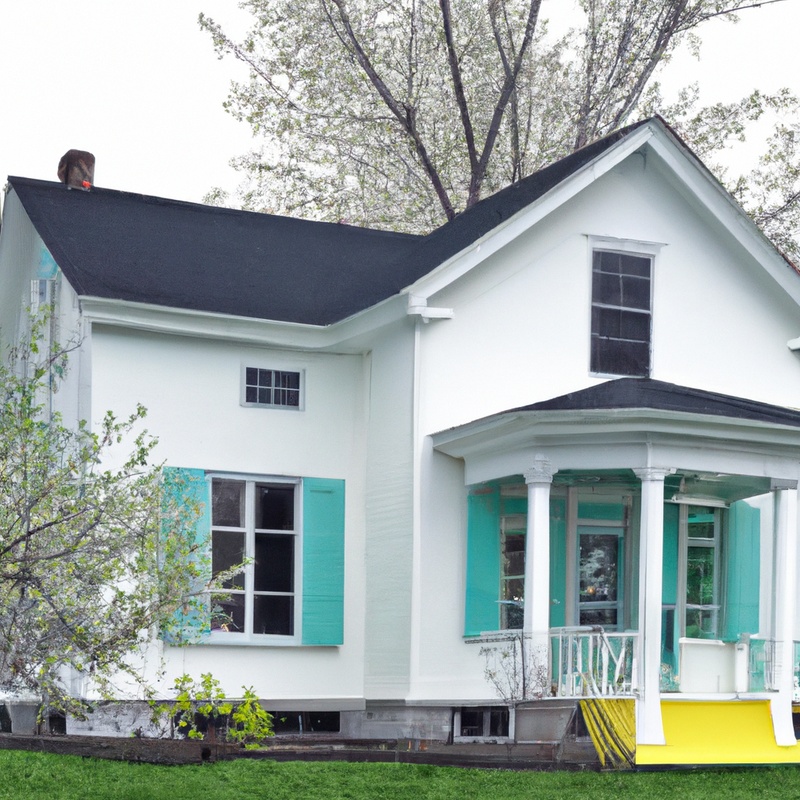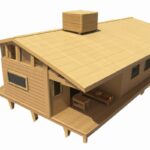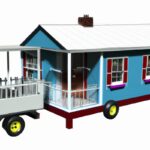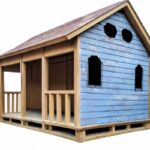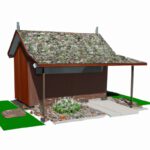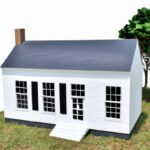Key Takeaways:
- The cost of maintaining a Tiny House is significantly lower than that of a traditional home.
- Expenses related to utilities and property taxes are considerably reduced in a Tiny House.
- Regular maintenance and repairs for a Tiny House are typically more affordable compared to a larger home.
- The overall cost of maintaining a Tiny House largely depends on individual choices and lifestyle preferences.
Are you someone who dreams of living big but with a tiny footprint? If so, then you may have considered joining the tiny house movement.
These cozy, compact homes have become increasingly popular as a more affordable and eco-friendly housing option.
But before you dive into this minimalist lifestyle, it’s essential to understand the costs involved in maintaining a tiny house. In this article, I’ll break down the factors that affect maintenance costs, explore average monthly expenses, discuss common maintenance tasks, and provide some helpful cost-saving tips.
Whether you’re a tiny house enthusiast or just curious about the financial side of this trend, keep reading to discover the real price of tiny house living.
Cost Category | Annual Cost (Average) | |
1 | Land/Property | $1,000 – $5,000 |
2 | Utilities | $500 – $1,200 |
3 | Maintenance/Repair | $500 – $1,000 |
4 | Insurance | $300 – $1,000 |
5 | Parking Fees | $0 – $1,000 |
6 | Miscellaneous | $500 – $1,500 |
Factors Affecting the Cost of Maintaining a Tiny House
Size of the Tiny House
The size of a tiny house can greatly impact its maintenance costs. Smaller houses generally require less maintenance, as there is less square footage to clean, maintain, and repair.
However, it’s important to note that the overall quality and condition of the house also play a role in maintenance costs.
A smaller house with poor construction may require more frequent repairs compared to a well-built tiny house. Additionally, the size of the tiny house can also affect the cost of certain maintenance tasks, such as painting the exterior or replacing flooring materials.
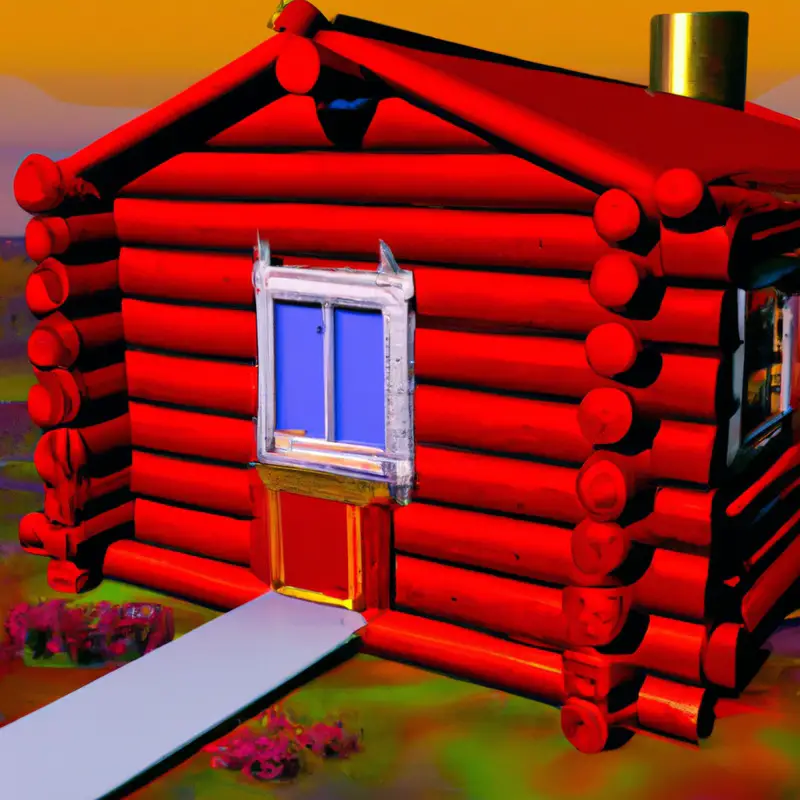
Location and Climate
Location and climate are important factors to consider when it comes to the cost of maintaining a tiny house.
Depending on where your tiny house is located, you may experience different weather conditions and environmental factors that can affect maintenance costs.
For example, if you live in an area with harsh winters, you may need to invest in additional insulation and heating systems to keep your tiny house comfortable during the cold months.
On the other hand, if you live in a hot and humid climate, you may need to address issues with mold and humidity control.
So, understanding the specific needs of your location and climate can help you plan and budget for maintenance expenses accordingly.
Quality of Materials Used
The quality of materials used in a tiny house can greatly impact its maintenance costs.
When it comes to building or renovating a tiny house, it’s important to invest in durable and long-lasting materials.
High-quality materials may initially cost more, but they can save you money in the long run by reducing the need for frequent repairs or replacements.
Choose materials that are resistant to wear and tear, weather-resistant, and energy-efficient.
This will help ensure that your tiny house remains in good condition and requires minimal maintenance over time.
Level of DIY vs. Hiring Professionals
When deciding whether to handle maintenance tasks yourself or hire professionals for your tiny house, it’s important to consider your skills, available time, and budget.
DIY can save you money, but it requires skills and knowledge.
If you’re comfortable with tools and confident in your abilities, DIY can be a cost-effective option.
However, for complex tasks or those requiring specific expertise, it’s best to hire professionals to ensure the job is done right.
It’s a balancing act between your abilities and the complexity of the task at hand.
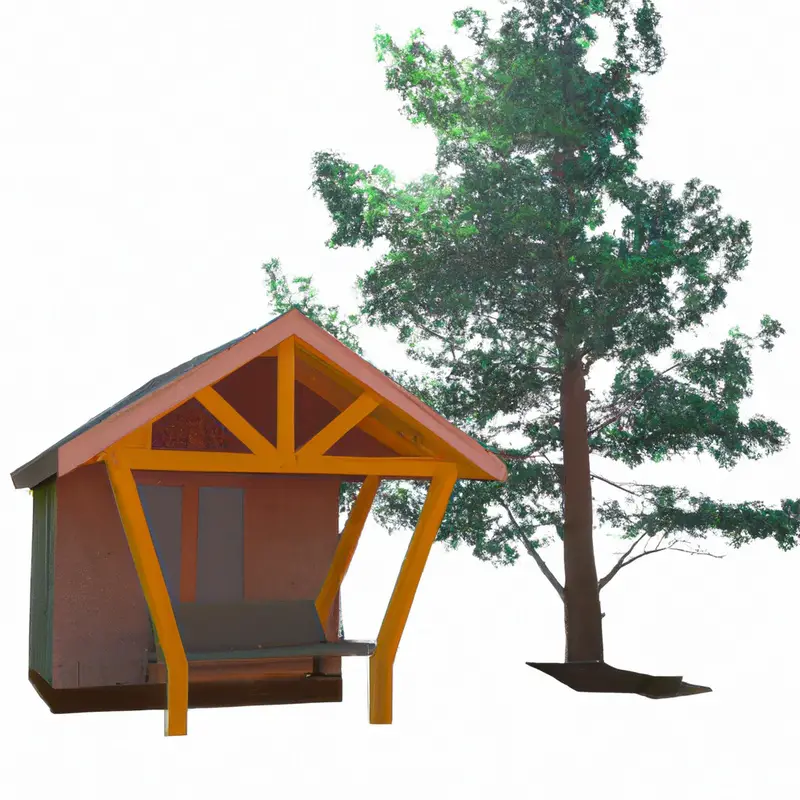
Average Monthly Expenses for Tiny House Maintenance
Utilities (electricity, water, sewer)
Utilities such as electricity, water, and sewer are essential for maintaining a tiny house. The cost of these utilities will vary depending on factors like location and usage.
Generally, electricity expenses can range from $30 to $100 per month, while water and sewer costs can vary between $20 to $70 monthly.
Conservation measures like using energy-efficient appliances and fixtures can help reduce these costs. It’s important to prioritize sustainability and be mindful of your usage to keep utility expenses reasonable.
Insurance
Insurance is an important aspect of maintaining a tiny house.
It provides protection and peace of mind in case of accidents, natural disasters, or theft.
The cost of insurance will depend on factors such as the value of your tiny house, its location, and your insurance provider.
It’s crucial to research and compare different insurance options to find the best coverage at a reasonable cost.
Remember to ask about specific coverage for your tiny house, as standard homeowner’s insurance may not fully protect it.
Property Taxes (if applicable)
Property taxes for a tiny house may or may not be applicable, depending on your situation. If your tiny house is located on your own land, you may be subject to property taxes just like any other homeowner.
However, if your tiny house is on wheels and considered a recreational vehicle (RV), you may not have to pay property taxes.
It’s important to check with your local tax authorities to understand the specific regulations and requirements in your area.
Homeowner’s Association Fees (if applicable)
If you live in a community that has a homeowner’s association (HOA), you may be required to pay homeowner’s association fees for maintaining common areas and amenities.
These fees can vary depending on the location and the level of services provided by the HOA.
It’s important to budget for these fees as they can add to the overall cost of maintaining a tiny house.
Make sure to check with the HOA to understand the specific fees and any rules or regulations that apply to your tiny house.
Maintenance Tasks and their Costs
Exterior Maintenance (painting, siding repairs)
Exterior maintenance for a tiny house, such as painting and siding repairs, is essential for both aesthetics and durability.
Regular painting helps protect the exterior from weather damage and maintains its overall appearance.
Siding repairs may be needed to fix any damaged or loose boards, ensuring the structural integrity of the house.
It is important to budget for these maintenance tasks, as the costs can vary depending on the size of your tiny house and the extent of the repairs needed.
However, investing in proper maintenance will keep your tiny house looking great and in good condition for years to come.
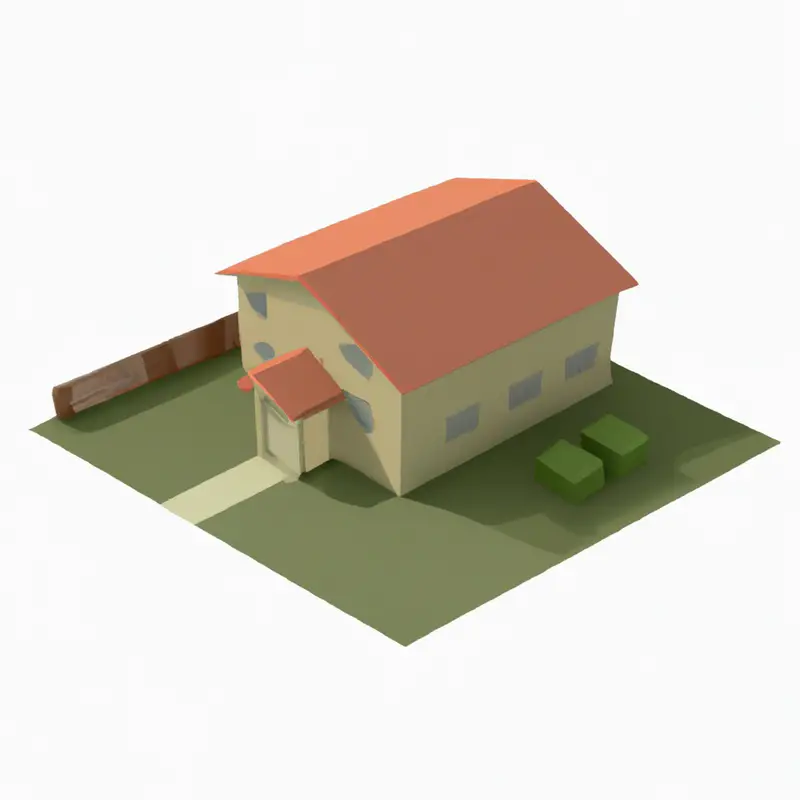
Roof Maintenance (inspection, repairs)
When it comes to maintaining the roof of a tiny house, regular inspections and repairs are essential. Inspecting the roof for any signs of damage, such as loose or missing shingles, cracks, or leaks, is crucial in order to address issues before they worsen.
Repairing the roof may involve patching leaks, replacing damaged shingles, or fixing other structural issues.
Consulting a professional for inspections and repairs is recommended to ensure the job is done properly and to avoid potential safety risks.
Interior Maintenance (flooring, plumbing, electrical)
Interior maintenance for a tiny house includes taking care of the flooring, plumbing, and electrical systems.
Keeping the flooring clean and in good condition is important, whether it’s hardwood, tile, or another material.
Regularly checking for leaks and ensuring proper drainage is crucial for the plumbing system.
Similarly, inspecting electrical connections and addressing any issues promptly is essential for safety.
Routine maintenance for these aspects will help maintain the functionality and longevity of your tiny house.
Appliance Maintenance and Replacement
Appliances in a tiny house need regular maintenance to keep them running smoothly.
One important task is cleaning the vents and filters to ensure efficient operation.
It’s also crucial to check for any signs of wear and tear, such as loose wires or leaks.
If an appliance does break down, it’s important to have it repaired or replaced promptly to prevent further damage.
Regular maintenance and timely replacements can help extend the lifespan of your appliances and prevent costly repairs.
Cost-Saving Tips for Maintaining a Tiny House
Regular Maintenance and Inspections
Regular maintenance and inspections are essential for keeping a tiny house in good condition. By regularly checking for any issues, you can catch potential problems early on and prevent them from becoming larger, costlier repairs.
This includes inspecting the exterior and interior of your tiny house, checking for leaks, inspecting the roof, and maintaining the plumbing and electrical systems.
Additionally, regular cleaning and upkeep of appliances, such as HVAC systems and water heaters, can help prolong their lifespan and ensure they function efficiently.
DIY Repairs and Upgrades
When it comes to maintaining a Tiny House, DIY repairs and upgrades can be a cost-effective solution. By taking on these tasks yourself, you can save money on hiring professionals.
From simple repairs like fixing a leaky faucet or replacing a broken tile to more complex upgrades like installing new flooring or building custom storage solutions, there are plenty of opportunities to put your DIY skills to work.
Just make sure to research and gather the necessary tools and materials before starting any project. If you’re not confident in your abilities, you can always start with smaller tasks and gradually work your way up to bigger projects.
Energy-Efficient Choices
Energy-efficient choices are an essential aspect of maintaining a tiny house. Here are some options to consider:
- LED lighting: Switching to LED bulbs can significantly reduce electricity consumption and lower your energy bills.
- Energy-efficient appliances: Invest in appliances that are Energy Star certified, as they consume less energy and are more efficient.
- Insulation: Proper insulation helps regulate indoor temperature, reducing the need for heating and cooling and saving energy.
- Window treatments: Install energy-efficient window treatments such as double-glazed windows or thermal curtains to prevent heat loss or gain.
- Solar power: Consider installing solar panels to harness renewable energy and reduce reliance on the electrical grid.
Remember, making energy-efficient choices not only contributes to a more sustainable lifestyle but can also lead to long-term cost savings on utility bills.
Investing in Quality Materials
Investing in quality materials is one of the best choices you can make when it comes to maintaining a tiny house.
High-quality materials may be more expensive upfront, but they will save you money in the long run.
These materials are durable, resistant to wear and tear, and require less frequent repairs or replacements.
When choosing materials, opt for those that are specifically designed for small spaces and are known for their longevity.
This way, you can ensure that your tiny house stays in good condition for years to come.
Final Verdict
Maintaining a tiny house is influenced by various factors such as size, location, materials used, and level of DIY.
The average monthly expenses for maintenance include utilities, insurance, property taxes, and homeowner’s association fees.
It is essential to consider the costs of exterior and interior maintenance, roof repairs, and appliance maintenance.
To save costs, regular maintenance, DIY repairs, energy-efficient choices, and investing in quality materials are recommended.
Overall, maintaining a tiny house can be cost-effective if done wisely.
With careful planning and smart choices, you can enjoy the benefits of a tiny house while keeping maintenance costs under control.
